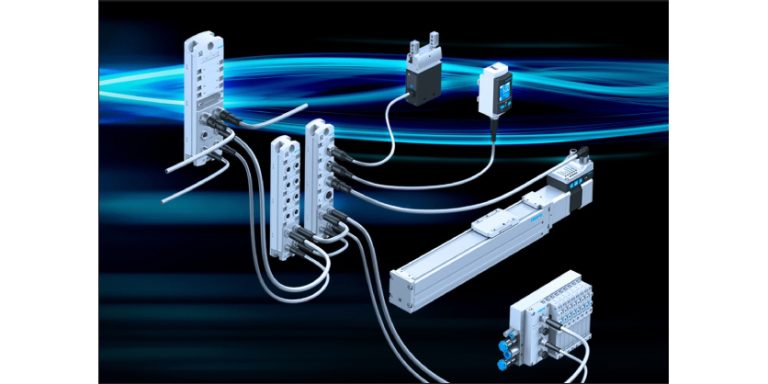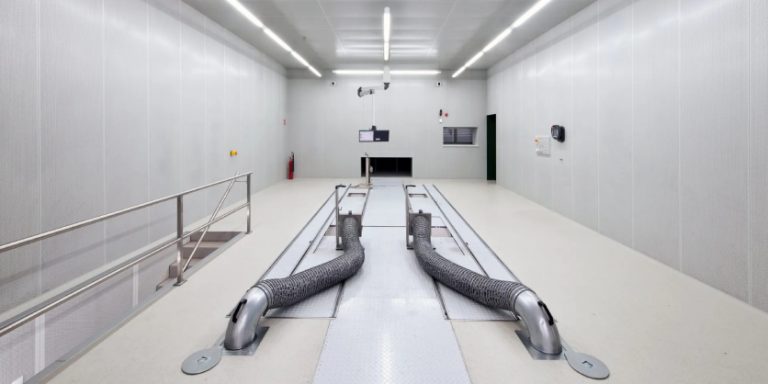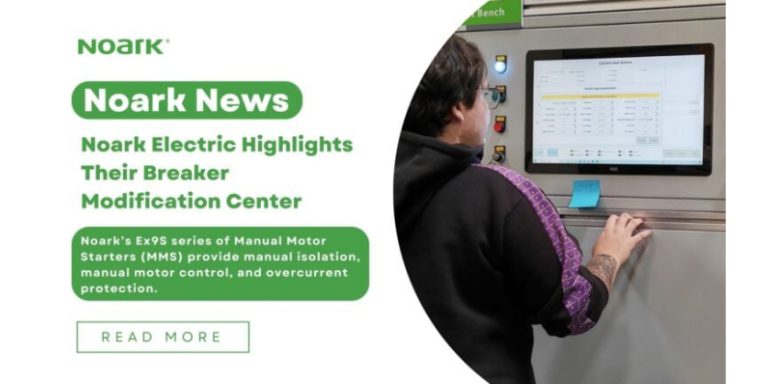What Are Control Circuit Devices? Noark Electric Explains
September 29, 2023 A Control Circuit Device regulates and manages the operation of an electrical circuit by turning on or off the circuit. The control device regulates or limits the condition within the circuit by controlling the voltage and current. Examples of control circuit devices used are switches, solenoids, and relays. Noark is a reliable manufacturer of…






